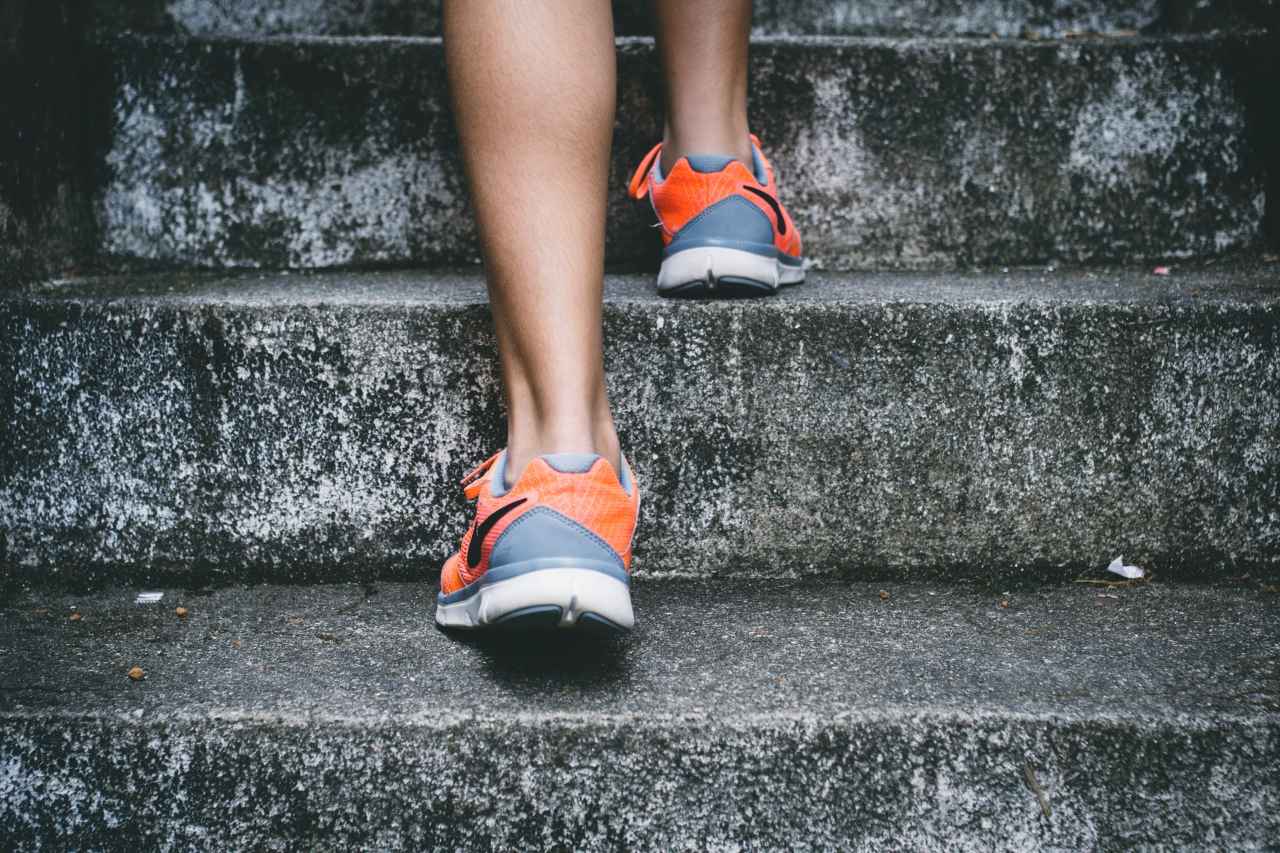
Triathon
I did my first triathlon back in 1998 and little did I know it would change my life in many different ways all for the better. I remember having a horrible swim, did the cycling portion on a mtn bike, and followed it up with a decent run and passed several people along the way. That last part about passing people on the run turned out to be how I would end up racing the next 10 years, even while having much improved swim and bike times along the way. This past weekend my hometown hosted Ironman Texas. Athletes were greeted with hot and humid conditions, as well as torrential rain the back half of the day. I had several athletes I coach that participated, as well as a friend from Michigan that came down as well. Like most Ironman triathlons, I noticed a lot of athletes having decent swim and bike times, but bad run splits which led to a rough day. This seems to be a popular trend I notice in almost all distance races, but particularly Ironman distance. In all distance triathlons you can’t be weak in the running portion of the race, which made me think about how triathletes approach their training. The biggest mistake I see are athletes focusing too much on a fast swim and bike split and not enough smart run training to have a faster finishing time. I decided to compile my top 10 ways an Ironman athlete can train to a faster finishing time.
- Body composition- Most competitive triathletes that participate could all stand to lose a few lbs. If you go to any local triathlon you will see several competitors that are hovering in a body fat percentage that is too high to lead to success on race day. Nothing can change your body composition to a more lean build faster than running does. Swimming tends to add muscle, while cycling can “slim” you down, running can make this change at a faster rate. Losing 5-10 lbs might not sound like a lot, but unless you are roughly 10% body fat for men or 15% for women then that small amount can lead to a substantially faster finishing time. A smart approach to combat this is to do some run focus weeks or maybe even months where you run higher miles than normal. If you normally run 30 miles a week in 4 days, then maybe build to where you run 5-6 days a week and get your mileage up to 40 or 50 miles a week SLOWLY. I have seen several triathletes through the years change their body composition this way and improve their run splits (and finishing time) all while not losing their bike and swim fitness.
- Run longer after long bike rides- I don’t have enough hands to count how many people do a long bike ride of 100 miles only to get off and run for 4 miles. Unless you are extremely gifted, then most long distance triathletes could benefit from running longer in their bricks. I recommend a run of 8 miles a handful of times for several reasons- a. it will tell you if you handled your nutrition on the bike correctly b. it will give you an idea of what you can run race day c. it will give you an idea of what your pacing on the bike will be d. it will give you some mental toughness and that translates to positive energy race day e. because you have to get used to exercising for a long time if you want to do well.
- Back off masters swimming- Swimmers unfortunately are at a disadvantage in triathlons. I have seen so many swim coaches try and convince triathletes that swimming is as important as cycling and running. Unless you are a top cyclist and runner and has a swim that isn’t close, than you are best to spend those hard sessions working on your bike and run split. If you have the luxury to train 15-20 hours a week then maybe you are the exception, but most triathletes that are competitive or are trying to be should only do 1-2 hard swims, not 3-4. I have witnessed several triathletes through the years back off the hard swimming to add more running and have a faster finishing time.
- Bike more- To be able to run well off the bike at an Ironman you HAVE TO BE A STRONG CYCLIST. As important as running is in an Ironman, the bike typically sets the tone as far as running performance. I find it best to log some serious bike miles in that last 8 weeks from the race before you start tapering. If you typically ride 130 miles a week, maybe add 25% more weekly volume or perhaps even double those miles. You don’t have to get fancy either, just get out and ride as much as your schedule allows.
- Bike pacing- For some reason triathletes tend to get too fixated on their bike and how fast they can ride. In an Ironman race, you should be holding back almost the entire bike portion. To be able to bike 112 miles and run well requires some serious pacing and endurance. Most of the successful Ironman triathletes can bike slightly faster than they allow themselves on race day. Its one thing to just go and ride 112 miles and not have to run, but to be able to run a fast run split requires discipline. Before your race starts, be realistic with what you can run off that bike split and go back and do #2 on this list and ask yourself what you are capable of.
- Slow down in training- This is my favorite on this list and for good reason. Every weekend you will see several group training rides across the country and a common theme is to do these long group rides at an unrealistic pace that feels like a race. I hear all the time “we averaged 24 miles per hour today!” That is great, but the purpose of a long Ironman training bike ride is to get a taste of the pace for race day, not go out and do what I call a hammer-fest! Save that hard effort for the day you do your intervals or short time trial efforts. The recovery involved with a 5 hour bike ride with some zone 3 or zone 4 efforts is too much. A better approach is to cut up your long rides with sections at a realistic pace/effort. A few of my favorites are 3 x 30 minutes, or 2 x 1 hour. Only the absolute best Ironman triathletes should be at or near threshold in their long rides.
- Perceived Exertion- By the time the race comes along you should have a good idea on what your pacing/effort/goal times should be. A big mistake too many athletes make is trying to hold a certain heart rate during the run portion. This can be very detrimental to your finishing time. By the time the marathon comes along a lot has happened that was probably unexpected. Maybe you are slightly dehydrated, biked too fast, are low on energy levels, or maybe this is your first Ironman and your exertion level isn’t matching your heart rate zone. This is where all but a select few of us should run the marathon on “feel.” Let your body guide you as far as what is going on currently at mile 3 and leading up to mile 10 or later. Your central nervous system has taken quite a hit at this point, so perceived exertion (PE) should be your guide.
- Long ride- This one can correlate with #4 on my list, but is more about duration, not volume. If you have done a few Ironman races up to this point and your run is falling apart, perhaps its time to look at the length of your long bike rides. Most triathletes can do quite well with a long training ride of 100 miles, but sometimes it is best to go a bit longer. My first few Ironman races I was dying about 1ok into the marathon. I had done several long runs of 20-22 miles, but the running wasn’t the problem. My longest bike rides were 5 hours but this wasn’t enough. A friend of mine who had been racing for several years said I needed to do longer rides if I am expected to run well in the race. Before my next race, I incorporated several rides of 6-7 hours into my training and this helped tremendously come race day. Not only did I have a faster bike split, but I ran to my potential in the marathon and finished with a faster time!
- Time not miles- When I lived in Asheville, NC (which is very hilly) if you rode for miles and not time, you could be disappointed with your average speed! We always laughed because there is really only one flat bike route, and even that had a small “hill!” Where I live now is flat and I still like to coach athletes to bike for time, not miles.When you ride for time you don’t get caught up on your average speed. So many athletes do and they end up riding much harder than need be in their long rides. Your body doesn’t know the difference between how long you have been out there so just focus on the time and not the miles.
- Racing- I see a lot of athletes doing “too much long stuff.” I have been guilty in the past as well, but racing not only can add fitness to your training plan but also will force you to rest and break up that training plan. Mixing in several short distance races, and even a half ironman in your 12-16 week build is always a good idea. In fact the closer you get to your Ironman race the more important it is! No training session gives you as much bang for the buck as racing does. When I raced as an elite, I would always try and find a good half-ironman race or olympic distance race as close as 2 weeks before the Ironman event. In that last 3-4 weeks out, you have probably done enough long sessions to where you will gain much more fitness going a harder effort for shorter duration than another long bike ride and run.


